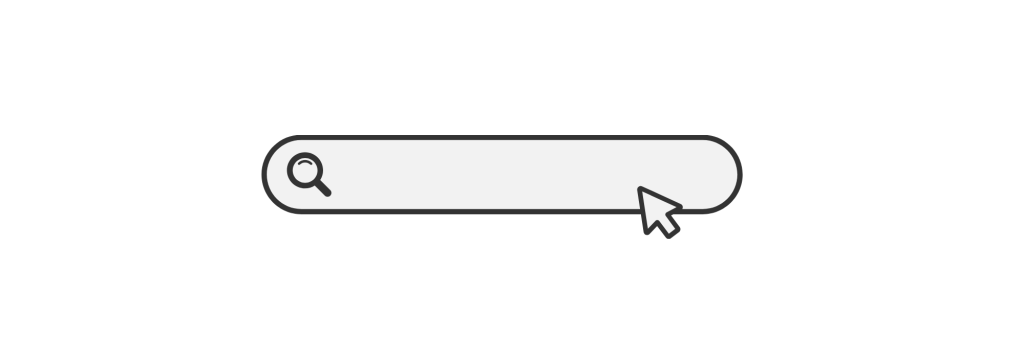Wk 1 Discussion 1 – Biases and Situatedness
Wk 1 Discussion 1 – Biases and Situatedness
Paul and Elder (2014) refer to habitual thinking as biased, distorted, partial, uninformed, and often downright prejudiced. Everyone is biased. A person’s view is always partial, partisan, and problematic (Eisenberg et al., 2014)
Write a 250- to 300-word response to the following:
How can you retarget the mechanism you use to identify bias in others and to identify bias in yourself?
What is the experience of switching perspectives like for you?
How fully are you able to inhabit the perspective of another?
What barriers prevent you from letting go of your own worldview
References
Eisenberg, E. M., Goodall, H. L., & Tretheway, A. (2014). Organizational communication: Balancing creativity and constraint (7th ed.). Bedford/St. Martin’s.
Paul, R., & Elder, L. (2014). Critical thinking: Tools for taking charge of your professional and personal life (2nd ed.). Pearson FT Press
Perry, W. G., Jr. (1999). Forms of intellectual and ethical development in the college years: A scheme. Holt, Rinehart, and Winston. (Original work published 1968)
Thoma, G. (1993). The Perry framework and tactics for teaching critical thinking in economics. Journal of Economic Education, 24(2), 128–136.
Answer preview to Wk 1 Discussion 1 – Biases and Situatedness

314 words


